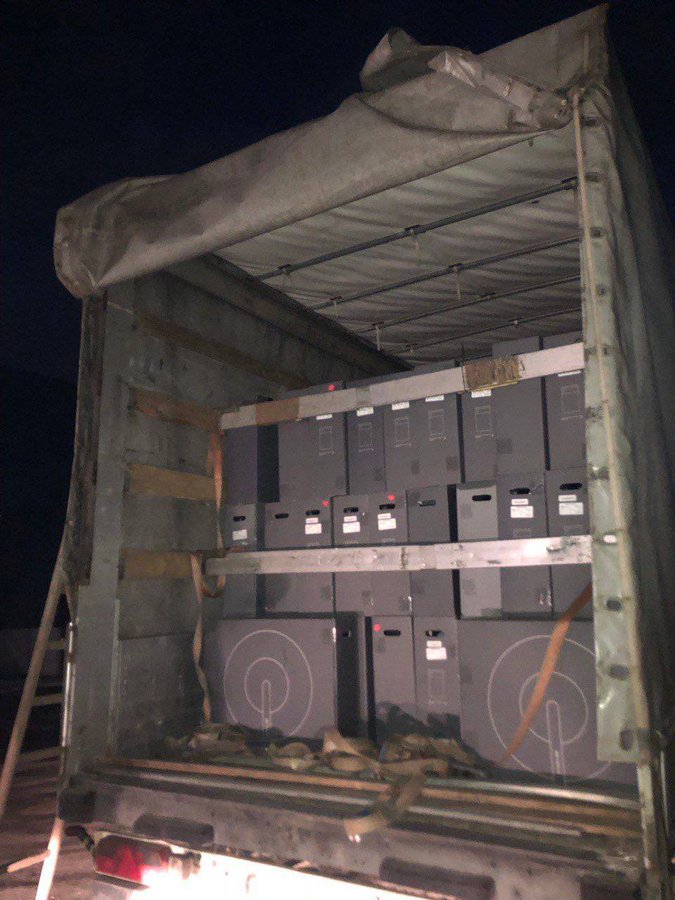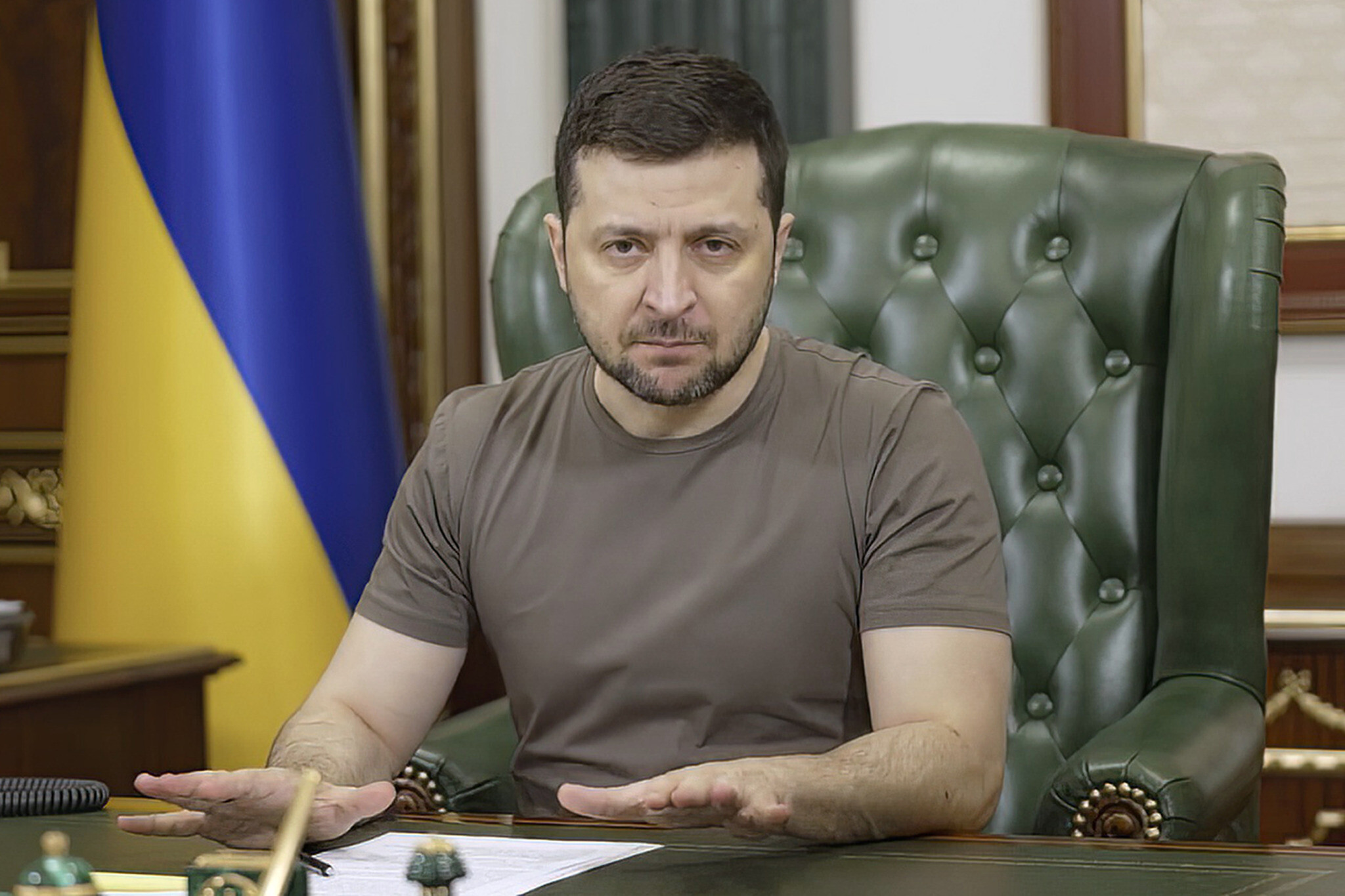USAID Sends Ukraine 5,000 Starlink Terminals From SpaceX

United States Agency for International Development (USAID) partners with SpaceX to send 5,000 Starlink terminals to Ukraine
The United States Agency for International Development (USAID) has delivered 5,000 Starlink Terminals to the Government of Ukraine.
The USAID announced the Starlink delivery via a public-private partnership with SpaceX, although this is not the first time that Starlink terminals have been delivered to Ukraine.
Last month Elon Musk and SpaceX responded to a plea from Ukraine and activated its Starlink Internet satellites over the country, to help it continue communicating, amid Russia’s brutal invasion of the country.

Starlink donation
SpaceX’s donated Starlink terminals were its home satellite television dishes, which can provide relatively fast internet service (by residential standards), by connecting to SpaceX’s fleet of satellites in low orbit.
But almost immediately John Scott-Railton, a senior researcher at the University of Toronto’s Citizen Lab project, warned the terminals could become beacons for Russian missiles.
This prompted Elon Musk to respond quickly, and in a series of tweets he explained the practical steps Ukraine citizens could take to minimise the missile risk.
Musk’s advice included only switching the dish on when needed, and placing the antenna as far away from people as possible.
Now the USAID said that via a public-private parternership with SpaceX, it has delivered another 5,000 Starlink Terminals to the Government of Ukraine.
The US agency said SpaceX donated 3,667 terminals and the internet service itself, while USAID purchased the remaining 1,333 terminals.
It said the Starlink satellite terminals will enable unlimited, unthrottled data connectivity from anywhere in Ukraine.
Ensuring communications
“The terminals will allow public officials and critical citizen service providers to continue to communicate within Ukraine and with the outside world, even if Putin’s brutal aggression severs Ukraine’s fiber optic or cellular communication infrastructure connections,” said the USAID.
“Since Putin’s unprovoked, further invasion of Ukraine on 24 February , USAID has been working closely with humanitarian partners in Ukraine and in the region to reach Ukrainians with lifesaving humanitarian assistance while also ramping up development programs to respond to cyber attacks, disinformation, threats to the energy sector, essential health needs, and to support the continued functioning of local and national government entities,” it added.
Ukraine’s President Volodymyr Zelenskiy said last month the country would get additional Starlink terminals, having spoken with Elon Musk.

Despite Russia’s invasion, and its cyberattacks against Ukrainian communications providers, such as telecom giant Ukrtelecom, Ukraine (by and large) has managed to keep communicating with the outside world.
Indeed, during the heavy fighting, Ukraine’s communication infrastructure has remained mostly online.
Ukraine’s State Service of Special Communication and Information Protection, which is responsible for the country’s cyber-security, has previously said this was no surprise considering the steps Ukraine took to harden its communication infrastructure.
This included creating backup fiber-optic communication channels, and “operators and volunteers who work under the gunfire, and ensure the stable functioning of this extraordinarily complex system.”